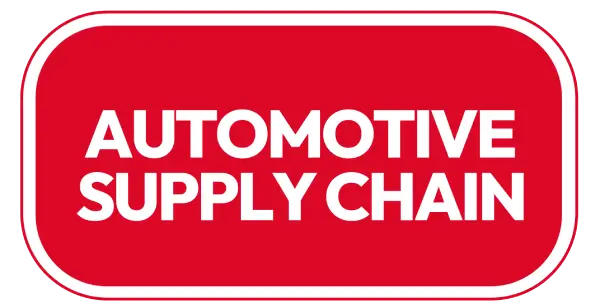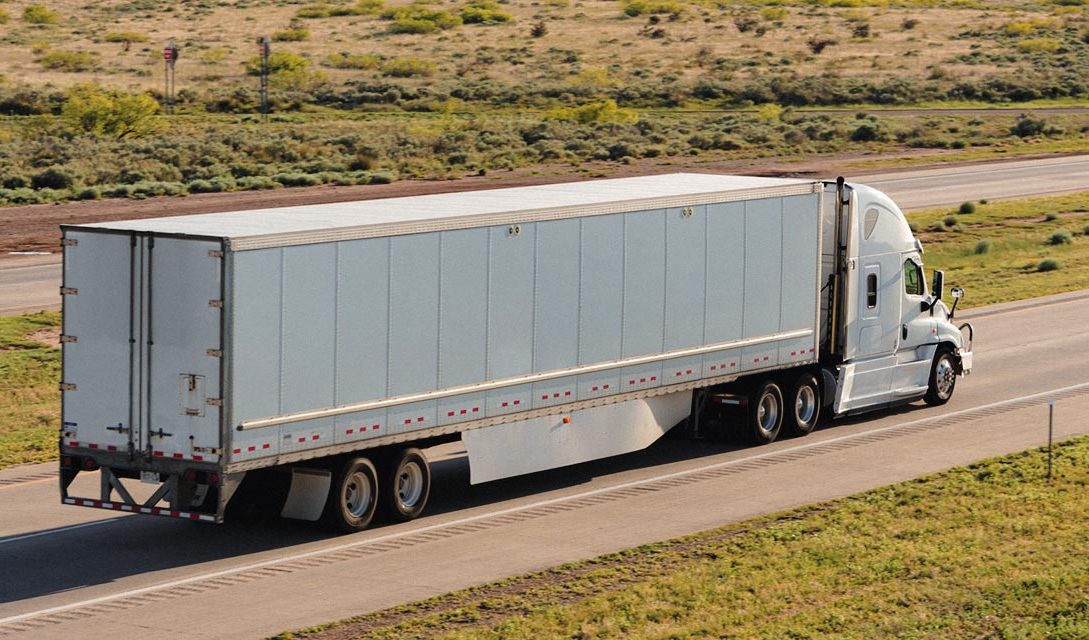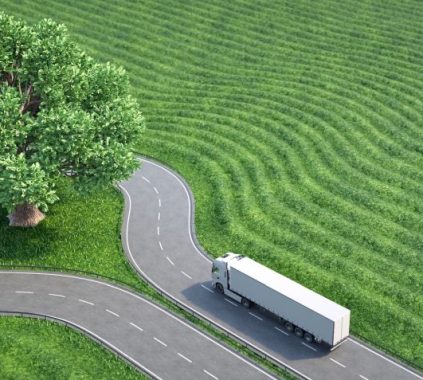Transportation has always been the backbone of business. From the earliest trade routes connecting civilizations to today’s global logistics networks, the way goods and people move shapes how economies grow. In the 21st century, transportation is undergoing one of the most significant transformations in history. Technological innovation, sustainability demands, shifting consumer expectations, and global disruptions are forcing businesses to rethink how transportation supports commerce.
This article explores the current state of business and transportation, the key challenges, and the opportunities that lie ahead.
Transportation as a Business Driver
Efficient transportation is essential for supply chains, trade, tourism, and services. It impacts the cost of goods, customer satisfaction, and even the environmental footprint of businesses. A retailer, for example, relies on trucking companies for last-mile delivery, while manufacturers depend on maritime shipping to import raw materials. Without reliable transportation, business growth slows.
Globalization has amplified this dependency. Companies are sourcing from multiple countries, selling to international markets, and delivering faster than ever. This interconnectedness means transportation is not just a support function—it is a core competitive advantage.
Key Trends Reshaping Business Transportation
1. Electrification of Fleets
The rise of electric vehicles (EVs) is transforming commercial fleets. Logistics giants like FedEx and DHL are investing in EV delivery vans to reduce emissions and operating costs. For businesses, electrification offers long-term savings through lower fuel expenses, government incentives, and improved brand reputation for sustainability.
2. Digitalization and Smart Logistics
Digital platforms, real-time tracking, and big data analytics are improving efficiency. Companies can monitor shipments, predict delays, and optimize routes with artificial intelligence. For example, predictive analytics helps airlines reduce fuel use and detect maintenance needs before breakdowns occur. Businesses that leverage data gain greater transparency and resilience in their transportation operations.
3. Autonomous Transportation
Self-driving trucks, drones, and even ships are no longer science fiction. In the U.S., autonomous truck trials are showing potential for long-haul routes, reducing labor shortages and improving safety. In e-commerce, drones may soon play a role in last-mile deliveries, cutting costs and reducing congestion in urban areas.
4. Sustainability Pressures
Transportation accounts for nearly a quarter of global carbon emissions. Consumers, investors, and regulators are pushing businesses to adopt greener practices. This includes using biofuels, hydrogen-powered trucks, or shifting from air to rail freight where possible. Companies that align with sustainability goals can reduce risks and build stronger customer loyalty.
5. The Rise of Mobility as a Service (MaaS)
Urbanization is driving the need for flexible, shared transportation options. Businesses in mobility are moving away from ownership models toward services—think car-sharing, ride-hailing, and subscription-based transport. For employees, MaaS can reduce commuting stress, while for companies it offers cost-effective solutions for corporate travel.
Challenges Facing Business Transportation
While opportunities abound, businesses must also navigate major challenges:
-
Infrastructure Limitations: Many countries face outdated roads, ports, and rail systems, slowing down efficiency. Without investment, transportation bottlenecks can increase costs.
-
Geopolitical Risks: Trade wars, tariffs, and conflicts disrupt global transportation networks. For example, shipping routes in the Red Sea or tariffs on imports can drastically alter supply chain costs.
-
Labor Shortages: Truck drivers, pilots, and logistics staff are in short supply in many regions. The aging workforce, combined with demanding working conditions, makes it difficult to sustain operations.
-
Rising Costs: Fuel prices, insurance, and compliance with environmental regulations are increasing expenses. Businesses need innovative solutions to remain profitable.
-
Technological Integration: While digitalization is promising, many small and medium businesses struggle to afford or adopt new systems. Cybersecurity risks also grow with digital platforms.
Opportunities for Businesses
Despite these challenges, forward-thinking companies can seize new opportunities by aligning with transportation’s evolution.
1. Investing in Green Supply Chains
Companies that adopt eco-friendly transportation gain a competitive edge. Beyond regulatory compliance, sustainable logistics builds trust with eco-conscious consumers. For example, brands like IKEA are investing in electric trucks and renewable energy shipping solutions.
2. Collaborations and Shared Networks
Businesses can cut costs by sharing logistics resources. For instance, small retailers might pool deliveries with competitors to optimize routes and reduce expenses. This model not only saves money but also reduces carbon emissions.
3. Nearshoring and Regional Supply Chains
The pandemic highlighted the risks of long global supply chains. Businesses are now turning to nearshoring—bringing suppliers closer to their main markets. This reduces transportation time, lowers risk, and supports faster delivery.
4. Technology-Driven Efficiency
AI, blockchain, and Internet of Things (IoT) applications can reduce waste and increase reliability. Blockchain ensures secure and transparent tracking of shipments, while IoT sensors can monitor temperature and conditions for sensitive goods like pharmaceuticals.
5. Emerging Markets in Transportation Business
New players in mobility, drone logistics, and smart infrastructure are opening business opportunities. Startups that solve pain points—such as last-mile delivery in congested cities—can quickly scale and attract investment.
The Role of Government and Policy
Governments play a central role in shaping the business of transportation. Policies that encourage investment in infrastructure, renewable energy, and digital systems will drive innovation. For example, subsidies for EV adoption or grants for smart ports can accelerate progress. On the flip side, strict carbon taxes or trade restrictions can increase business costs. Companies must stay agile and align strategies with evolving regulations.

Looking Ahead: The Next Decade of Business Transportation
The next 10 years will be transformative. Businesses can expect transportation to become cleaner, faster, and more technology-driven. Key developments to watch include:
-
Widespread adoption of electric and hydrogen freight vehicles.
-
AI-powered logistics ecosystems reducing human error.
-
Autonomous transportation becoming a standard for long-haul routes.
-
Increased focus on circular supply chains to reduce waste.
-
Urban mobility solutions changing how employees commute and how goods reach customers.
Companies that adapt early will not only survive but thrive. Transportation will shift from being a cost center to a strategic differentiator.
Conclusion
Business and transportation are inseparable. As innovation reshapes the movement of goods and people, businesses must adapt to new realities—sustainability, digitalization, and shifting consumer demands. While challenges like rising costs and labor shortages persist, the opportunities far outweigh the risks for those ready to embrace change.
Transportation is no longer just about moving from point A to point B—it is about creating smarter, greener, and more resilient pathways for business success.







